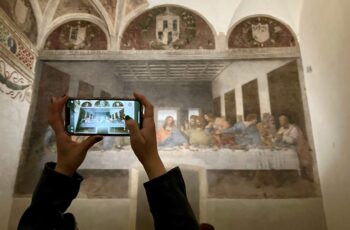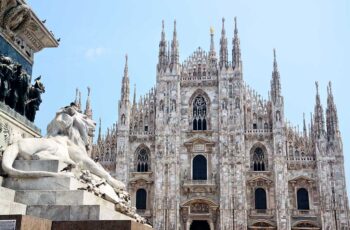You’ve undoubtedly heard of The Last Supper. But how much do you really know about Da Vinci’s second most famous painting?
Where is The Last Supper?
If you’ve ever strained to see Da Vinci’s Mona Lisa in the Louvre, it might surprise you to discover that The Last Supper is a whopping 8.80 meters across. That’s because Da Vinci painted it on the wall of the refectory (dining room) of the Dominican Monastery Santa Maria delle Grazie in Milan. He started work on the painting of Christ and his disciples at the request of the Duke of Milan in 1495, and completed it 2 years later.
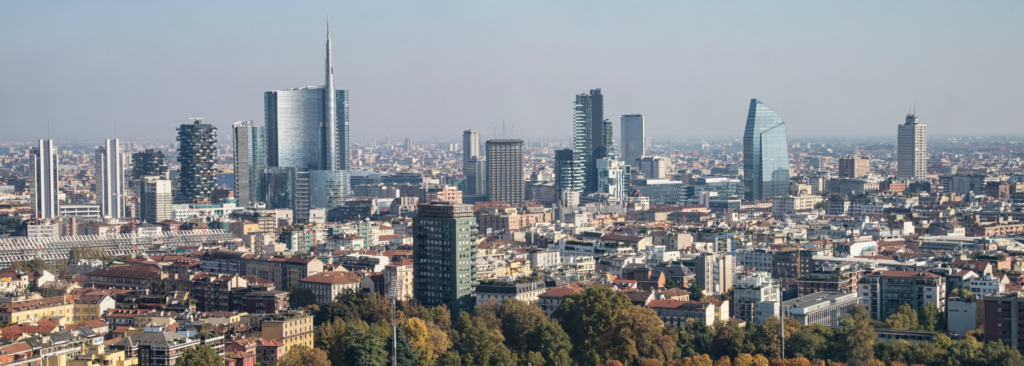
What’s so special about Da Vinci’s Last Supper?
This scene isn’t original. Christ’s last supper has been a popular subject throughout art history. But what make’s Da Vinci’s version so special is that it captures the high tension of a particular scene in the Gospel of St. John. The painting represents the extremely dramatic and crucial moment right after Jesus tells his apostles that he knows one of them will betray him. The apostles’ facial expressions are full of life, revealing shock, horror and rage.
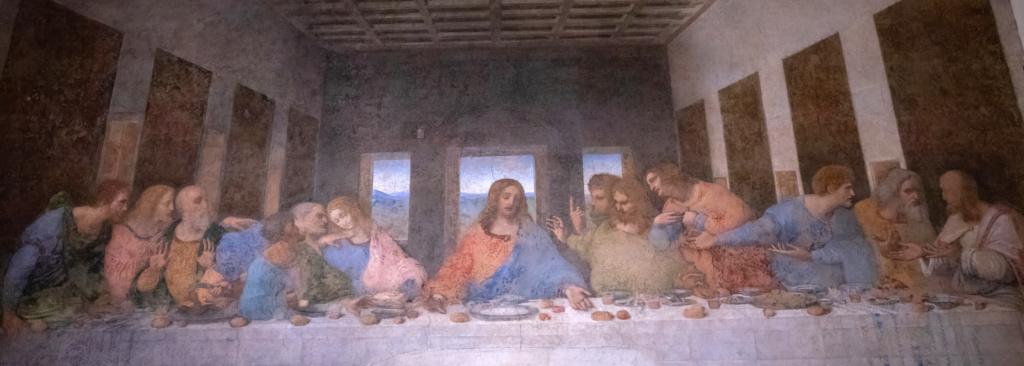
From a technical point of view, the use of perspective here is masterful. Da Vinci, the engineer and architect, precisely measured every aspect of the painting to draw the viewer’s eye to the center and the vanishing point at the side of Christ’s head. From this point, Da Vinci used strings to create diagonal lines. If you imagine lines radiating from Christ’s right temples, they will meet the corners of the windows, the lines on the ceiling, the corners of the table and the panels on the wall.
The expression on Christ’s face is difficult to interpret. Around him the apostles are reacting to the pronouncement that “one of you will betray me”, showing shock, anger, disbelief, pointing and speaking while Christ appears calm and isolated in the center. This ambiguity at this crucial moment has confused art historians for centuries.
Why is it so difficult to see The Last Supper?
Da Vinci preferred not to use fresco, the traditional method of the time where the artist would paint onto wet plaster. As Michelangelo would prove to great success on the ceiling of the Sistine Chapel a few years later, fresco was a reliable way of decorating walls and ceilings, but Da Vinci had no experience with it and instead chose to experiment with tempera and oil on a dry plaster preparation. Unfortunately, the paint didn’t stick well to the wall and started flaking off almost immediately.
The experimental technique of painting wasn’t the only problem to threaten Leonardo’s work. When Napoleon’s troops occupied Italy, they used the refectory for their horses. Then, in August 1943, the Allies bombed Milan, leaving the refectory without a roof, exposing the painting to the elements. The painting was in a very sorry state when serious restoration began in 1978. Two years later, the painting and the monastery became a UNESCO World Heritage Site.
Today the painting is so fragile that only 25 people are allowed to enter the room every 15 minutes. This ensures that the temperature and humidity inside the room remain stable and slows further damage to the painting, but also makes the tickets extremely hard to get hold of!
How do we know what the original looked like?
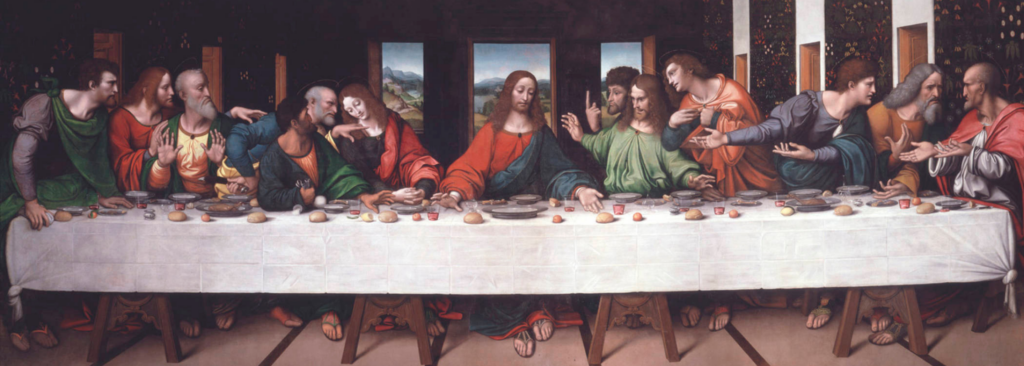
Luckily for the restorers, several contemporary copies of the painting exist. The one used during the last restoration is a full-scale copy on canvas by Da Vinci’s pupil Giampietrino, at The Royal Academy of Arts in London. If you happen to be in London, don’t forget to see this wonderful copy and appreciate the details of the painting which are now hard to see on the original.
How can I see Da Vinci’s Last Supper?
No trip to Milan is complete without seeing The Last Supper, standing in front of Da Vinci’s great work and imagining the maestro up a ladder, painting in a monastery more than 500 years ago. But getting tickets isn’t easy.
Tickets for The Last Supper go on sale 3 months at a time, so don’t be surprised if they are snapped up before you even decide to visit Milan! The easiest way to get these much-prized tickets is to join a tour that includes entrance to Santa Maria delle Grazie and the Last Supper. We offer a few varieties of the Last Supper Tour including Private and Semi-Private so explore all of our offerings and consider what will work best for you and your travel companions. Book as early as you can because tours sell out and with the limited number of people allowed in each day, these really are the hardest tickets in town to get your hands on!

